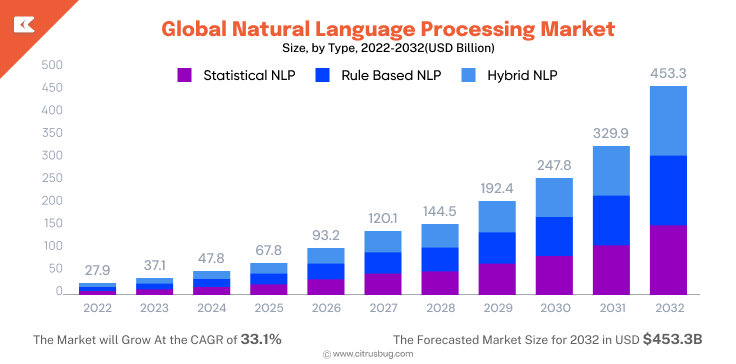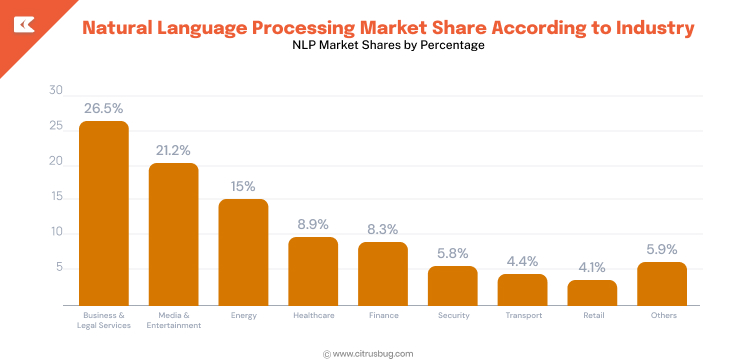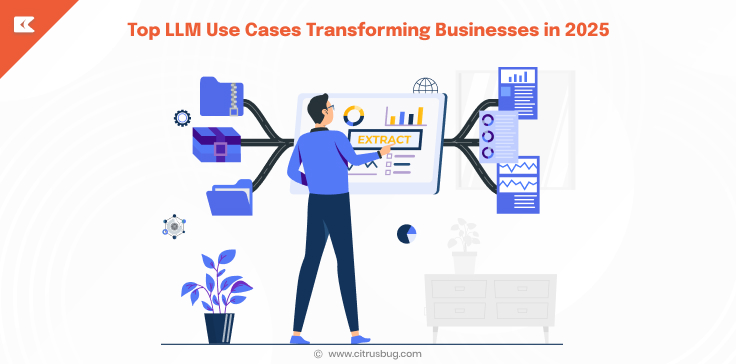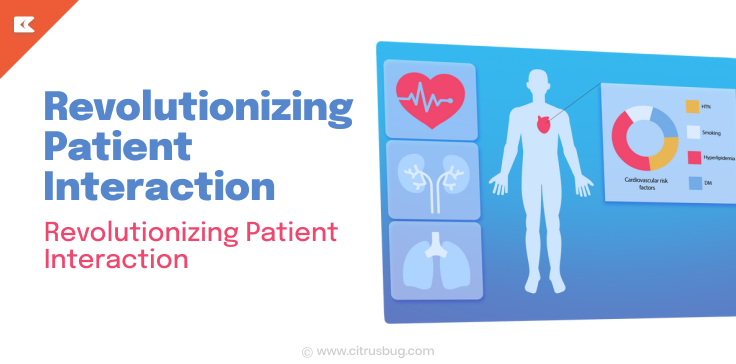NLP Statistics 2025: Market Growth, Trends, and Applications to Watch
- August 21, 2025
-
951 Views
- by Ishan Vyas
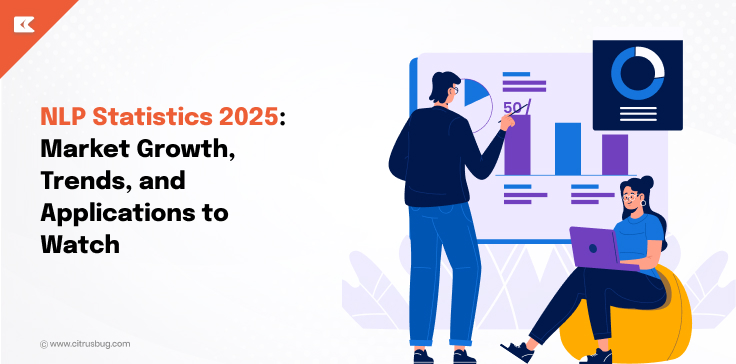
Introduction
NLP is growing fast, and 2025 is bringing big changes in how it’s used. Many companies now choose custom NLP development to build solutions that fit their needs, improve automation, and boost customer service. This article shares the latest NLP statistics, market growth, trends, and real-world uses shaping different industries.
Natural Language Processing Market Statistics
The world’s natural language processing (NLP) market is growing rapidly, as AI tools like chatbots or voice assistants are becoming more popular. This is a look at its annual increase.
The Natural Language Processing (NLP) market has exploded over the past few years, registering an impressive CAGR of 33.1%. According to the most recent NLP statistics, the market worldwide was estimated at USD 27.9 billion by 2022. This is due to the increasing demand for smart technology across various industries.
In 2023, the market was USD 37.1 billion and then USD 47.8 billion by 2024. The growth was driven by the usage of AI tools such as chatbots and voice assistants in business.
The trend continued until 2025, when revenues reached USD 67.8 billion. It increased by USD 93.2 billion in 2026. It will then reach USD 120.1 billion by 2027. Businesses are increasingly adopting new technology to improve efficiency and customer service.
In the midst of emerging NLP trends, hybrid NLP models, which combine rules-based and statistical techniques, have become more well-known and are boosting the growth of the market. The market is expected to grow to USD 144.5 billion by 2028. It will then reach USD 192.4 billion in 2029.
As we begin the new decade, NLP use is predicted to increase even more rapidly across all industries. It is expected to grow to USD 247.8 billion by 2030. The market will reach USD 329.9 billion by 2031 and USD 453.3 billion by 2032.
This accelerated market is changing industries like finance, healthcare, education, and customer service. It allows systems to understand and react to the use of human language, increase communication and efficiency.
Natural Language Processing (NLP) market share statistics by industry
Natural Language Processing (NLP) market share data for the industry. Natural Language Processing (NLP) has a major impact across industries, and is changing how data is perceived and utilised. According to the most recent NLP statistics, the adoption of specific industries is rapidly increasing, with the business, healthcare, media, and finance industries leading the way.
The legal and business sector has the highest part of NLP market, which is 26.5%, which shows the extent to which NLP statistics reflect the growing demand to automate document analyses and solutions for legal intelligence.
Media & Entertainment accounts for 21.2% of market share, which shows its wide use in production, distribution, and audience analysis.
The energy sector accounts for 15.01% of the total market share, which is driven by NLP statistics and trends showing increased adoption of predictive maintenance, extraction of data as well as smart grid analytics.
Healthcare accounts for 8.86% of the market, which highlights the increasing use of NLP solutions for healthcare, such as documents for medical use, data analysis and clinical decision-making support.
Finance, which includes the banking industry, financial services and insurance, accounts for 8.25% of the NLP market, powered via its application in regulatory compliance, document processing and customer interaction.
Security holds 5.82% of the market and is utilised in the detection of threats, compliance monitoring and live risk assessment in real time.
Transportation is the largest sector, accounting for 4.39% in the NLP market, with major applications in voice interfaces, logistics optimisation and improving customer experience.
Retail is responsible for 4.12% of the total market, using technology for personalisation, recommendation engines, as well as analytics on customer reviews to improve the shopping experience.
Other industries contribute 5.86% of this NLP market, which covers a variety of sectors such as education, manufacturing, retail, and others.
Recent NLP Trends & Emerging Applications (2025)
As natural language processing continues to evolve, it is driving transformative changes across industries. From advanced AI models to workplace automation, here are the key trends shaping NLP in 2025.
1. Chatbot & Conversational AI Adoption
- According to recent NLP statistics, 84% of chatbots in 2023 were powered by NLP to interpret user intent accurately
- 60% of chatbot platforms now incorporate sentiment analysis for better emotional intelligence in responses
- In finance, 72% of institutions use AI chatbots for customer support, and chatbots now handle over 30% of global banking inquiries
2. Automated Text Analytics & Market Segments
- Sentiment Analysis tools are improving customer retention by 20% and process over 80 million reviews annually
- Automatic Summarisation holds an 18% share of NLP applications; sentiment analysis and content management each account for around 17%, based on current NLP statistics and trends
- Text Analytics is expected to command 31.8% market share by 2025, fueling insights from Big Data in multiple sectors
3. Advanced Model Trends: RAG & Transformers
- By 2024–2025, over 50% of NLP tools and applications will use transformer-based models like BERT and GPT
- Approximately 80% of enterprises now adopt Retrieval-Augmented Generation (RAG) over fine-tuning due to better data grounding and efficiency
- The global RAG market is projected to rise from USD 1.24 billion in 2024 to USD 67.4 billion by 2034 (CAGR 49%)
4. Emerging Trends & Global Workforce Impact
- By 2025, 72% of global employees were using generative AI tools as part of daily work routines
- NLP in chatbots is reshaping onboarding, employee training, and internal support systems in enterprises via RAG-connected knowledge portals
Conclusion
The rapid expansion in the NLP market is a sign of how deeply this technology is transforming contemporary industries. With growing NLP use cases in chatbots, sentiment analysis, automated summarisation and advanced AI models, companies are improving efficiency, decision-making, as well as customer interaction. From healthcare and finance to retail and media, NLP is becoming an essential instrument for innovation, proving its role as a driving force in the future of digital transformation.


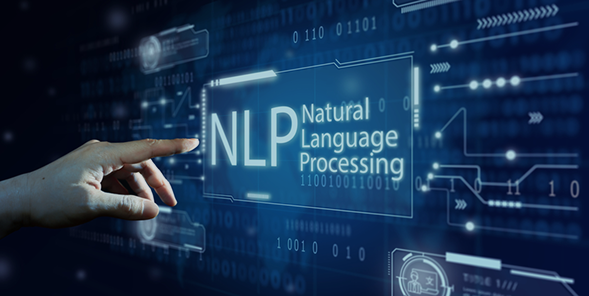
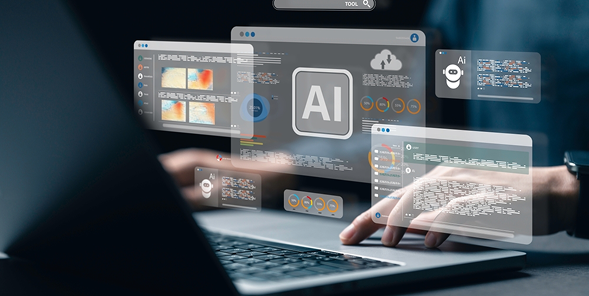

 SaaS Development
SaaS Development Web Application Development
Web Application Development Mobile Application Development
Mobile Application Development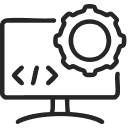 Custom Software Development
Custom Software Development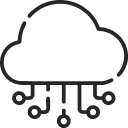 Cloud Development
Cloud Development DevOps Development
DevOps Development MVP Development
MVP Development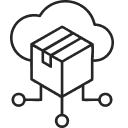 Digital Product Development
Digital Product Development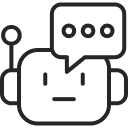 Hire Chatbot Developers
Hire Chatbot Developers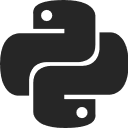 Hire Python Developers
Hire Python Developers Hire Django Developers
Hire Django Developers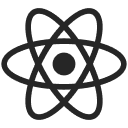 Hire ReactJS Developers
Hire ReactJS Developers Hire AngularJS Developers
Hire AngularJS Developers Hire VueJS Developers
Hire VueJS Developers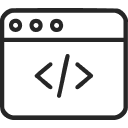 Hire Full Stack Developers
Hire Full Stack Developers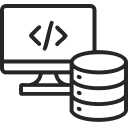 Hire Back End Developers
Hire Back End Developers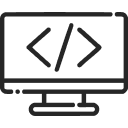 Hire Front End Developers
Hire Front End Developers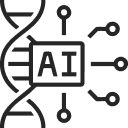 AI Healthcare Software Development & Consulting
AI Healthcare Software Development & Consulting Healthcare App Development
Healthcare App Development EHR Software Development
EHR Software Development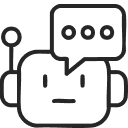 Healthcare AI Chatbot Development
Healthcare AI Chatbot Development Telemedicine App Development Company
Telemedicine App Development Company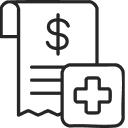 Medical Billing Software Development
Medical Billing Software Development Fitness App Development
Fitness App Development RPM Software Development
RPM Software Development Medicine Delivery App Development
Medicine Delivery App Development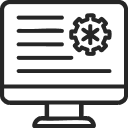 Medical Device Software Development
Medical Device Software Development Patient Engagement Software Solutions
Patient Engagement Software Solutions Mental Health App Development
Mental Health App Development Healthcare IT Consulting
Healthcare IT Consulting Healthcare CRM Software Development
Healthcare CRM Software Development Healthcare IT Managed Services
Healthcare IT Managed Services Healthcare Software Testing services
Healthcare Software Testing services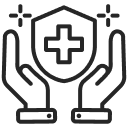 Medical Practice Management Software
Medical Practice Management Software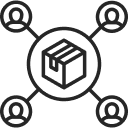 Outsourcing Healthcare IT Services
Outsourcing Healthcare IT Services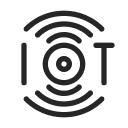 IoT Solutions for Healthcare
IoT Solutions for Healthcare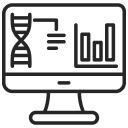 Medical Image Analysis Software Development Services
Medical Image Analysis Software Development Services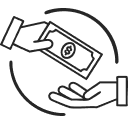 Lending Software Development Services
Lending Software Development Services Payment Gateway Software Development
Payment Gateway Software Development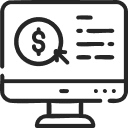 Accounting Software Development
Accounting Software Development AI-Driven Banking App Development
AI-Driven Banking App Development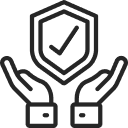 Insurance Software Development
Insurance Software Development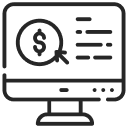 Finance Software Development
Finance Software Development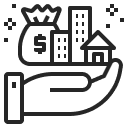 Loan Management Software Development
Loan Management Software Development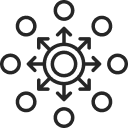 Decentralized Finance Development Services
Decentralized Finance Development Services eWallet App Development
eWallet App Development Payment App Development
Payment App Development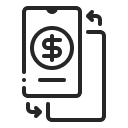 Money Transfer App Development
Money Transfer App Development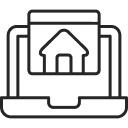 Mortgage Software Development
Mortgage Software Development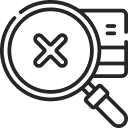 Insurance Fraud Detection Software Development
Insurance Fraud Detection Software Development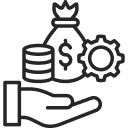 Wealth Management Software Development
Wealth Management Software Development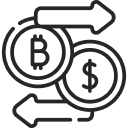 Cryptocurrency Exchange Platform Development
Cryptocurrency Exchange Platform Development Neobank App Development
Neobank App Development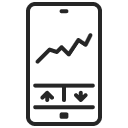 Stock Trading App Development
Stock Trading App Development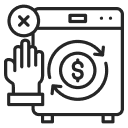 AML software Development
AML software Development Web3 Wallet Development
Web3 Wallet Development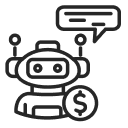 Robo-Advisor App Development
Robo-Advisor App Development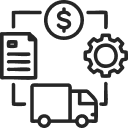 Supply Chain Management Software Development
Supply Chain Management Software Development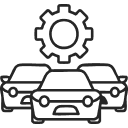 Fleet Management Software Development
Fleet Management Software Development Warehouse Management Software Development
Warehouse Management Software Development LMS Development
LMS Development Education App Development
Education App Development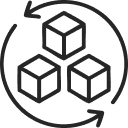 Inventory Management Software Development
Inventory Management Software Development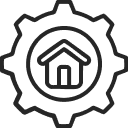 Property Management Software Development
Property Management Software Development Real Estate CRM Software Development
Real Estate CRM Software Development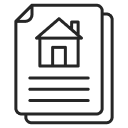 Real Estate Document Management Software
Real Estate Document Management Software Construction App Development
Construction App Development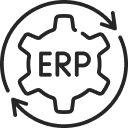 Construction ERP Software Development
Construction ERP Software Development





